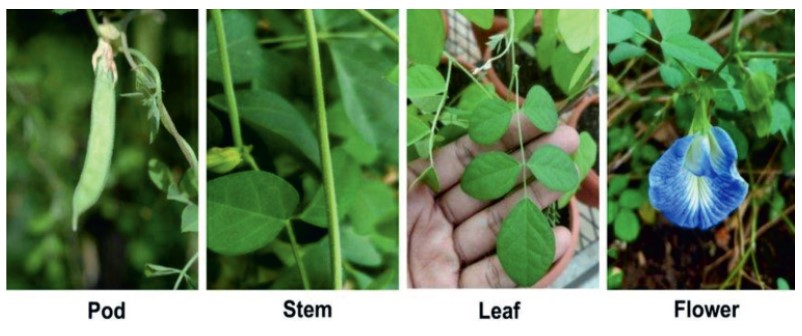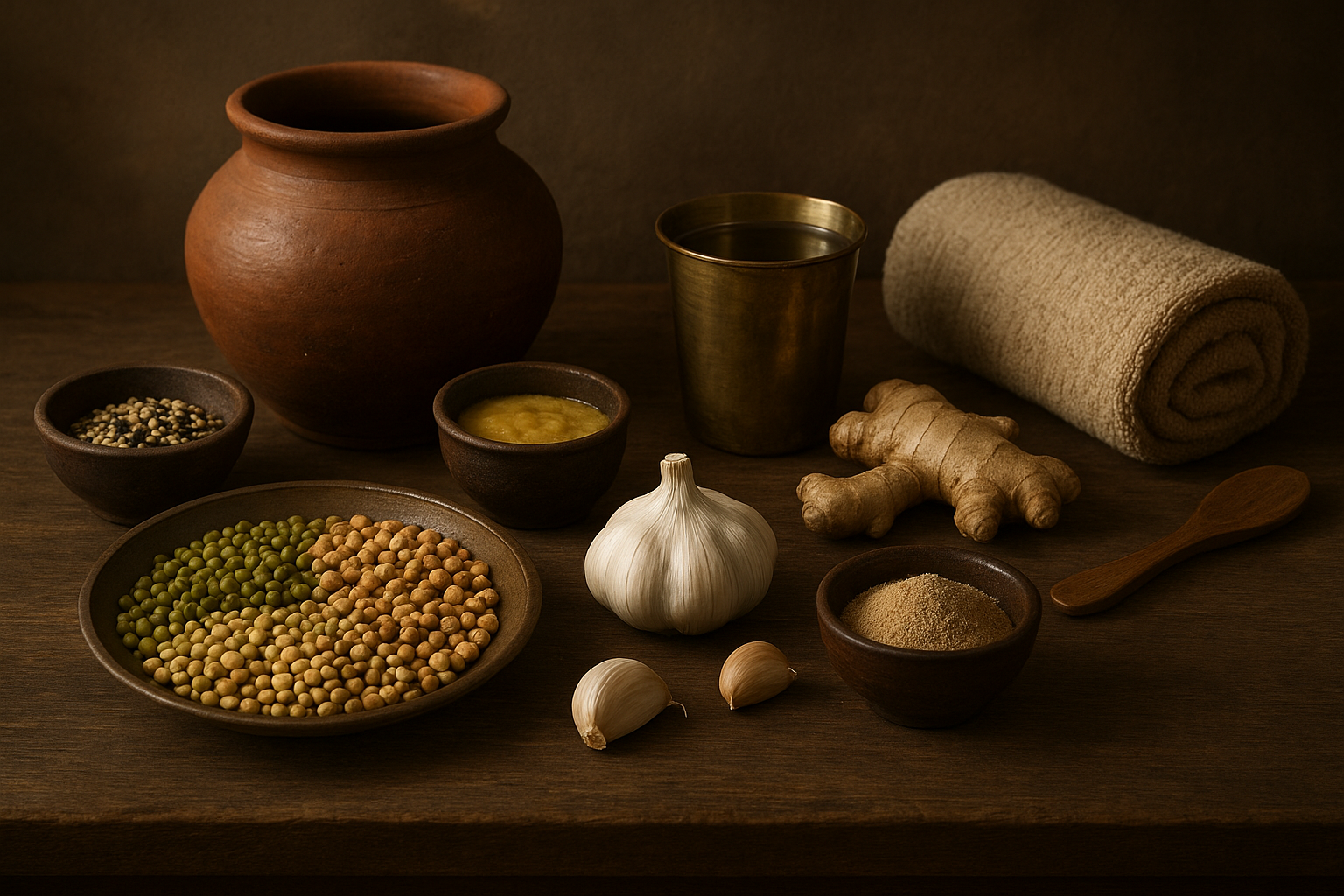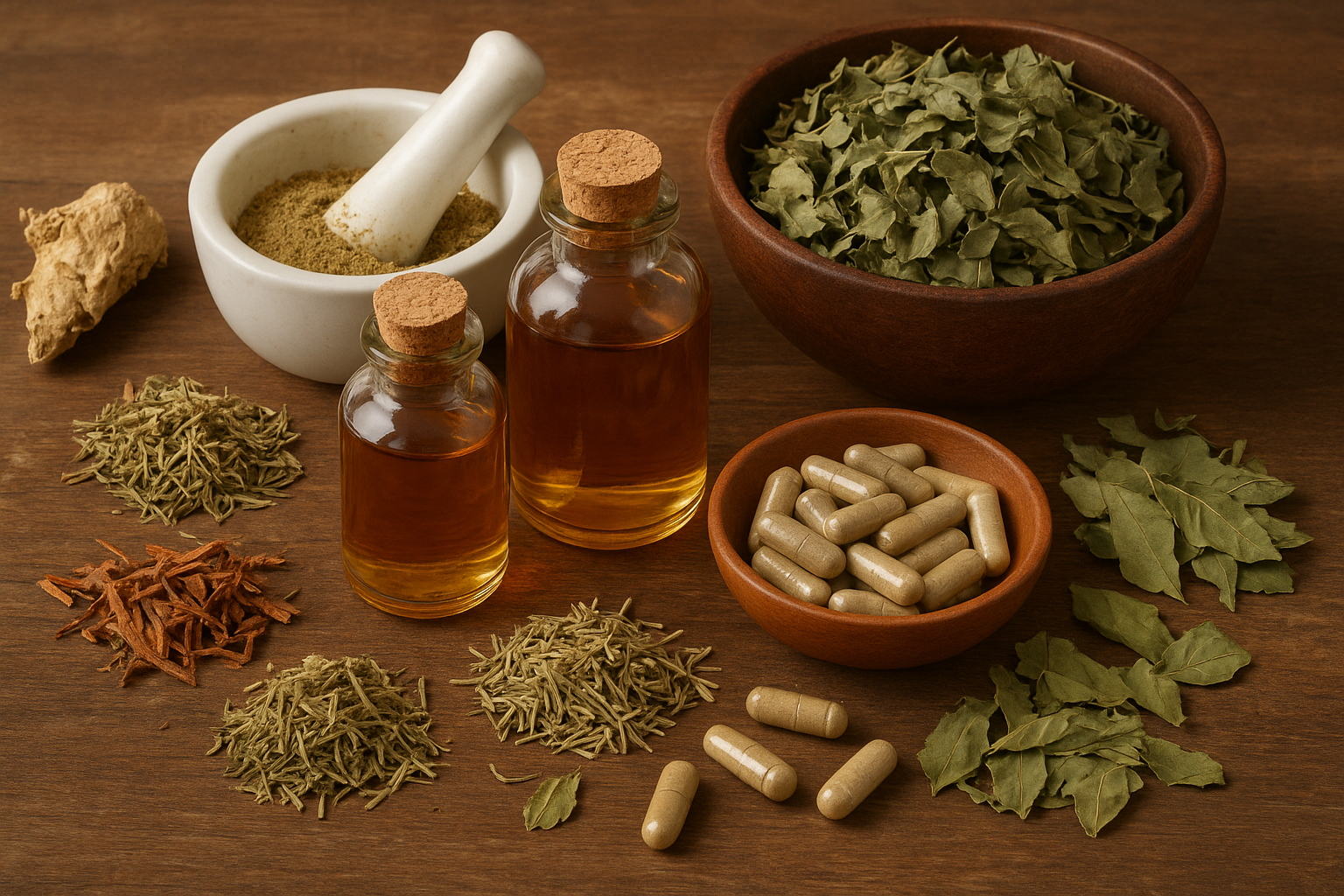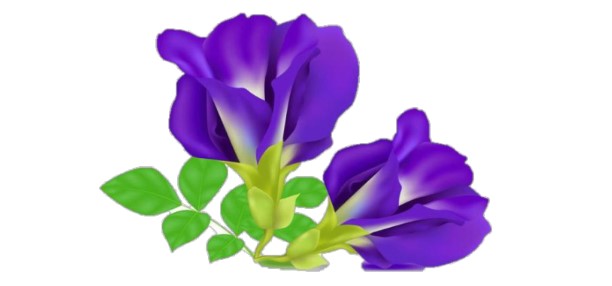Blue Tea: A Natural Elixir for Health
Introduction
Clitoriaternatea, commonly known as the butterfly pea, blue pea, or blue tea, is an herbaceous plant belonging to the Fabaceae family. It is renowned for its vibrant blue flowers and has been traditionally used in various cultures for its medicinal properties, culinary uses, and as an ornamental plant. This comprehensive overview delves into the botanical characteristics, phytochemistry, pharmacological properties, and diverse uses of Clitoriaternatea.
| Kingdom | Plantae |
| Clade | Angiosperms |
| Clade | Eudicots |
| Clade | Rosids |
| Order | Fabales |
| Family | Fabaceae |
| Genus | Clitoria |
| Species | C. ternatea |
Botanical Classification Habitat and Distribution
Clitoriaternatea is native to tropical Asia but has spread to various tropical and subtropical regions worldwide. It thrives in a wide range of soil types, from sandy loams to heavy clays, and is commonly found in disturbed areas, open fields, and as a garden plant.
Morphology
Roots: The plant has a robust root system with a taproot that penetrates deep into the soil, aiding in drought resistance.
Stems: The stems are slender, twining, and can climb or trail, often requiring support from surrounding vegetation or structures.
Leaves: The leaves are pinnate, typically comprising 5 to 7 leaflets. The leaflets are ovate to elliptical, smooth, and arranged alternately.

Flowers: The most distinctive feature is the bright blue flowers, although white and purple varieties also exist. Each flower has five petals with a prominent keel petal. The flowers are solitary or in axillary racemes.
Fruit: The fruit is a flat, linear pod containing several seeds. The pods dehisce upon maturation, releasing the seeds.
Phytochemistry
Clitoriaternatea is rich in bioactive compounds that contribute to its medicinal properties. The primary phytochemicals include:
1. Flavonoids:
Kaempferol: Exhibits antioxidant and anti-inflammatory activities.
Quercetin: Known for its antioxidant, anti-inflammatory, and anticancer properties.
Myricetin: Possesses antioxidant and anti-inflammatory effects.
2.Tannins:
Tannins are known for their astringent properties and contribute to the plant’s anti-diarrheal effects.
3. Alkaloids:
Clitoriacetal: Exhibits antimicrobial and anti-inflammatory activities.
Ternatins: Responsible for the blue pigment in the flowers, with antioxidant properties.
4. Saponins:
Saponins are known for their immune-boosting and cholesterol-lowering effects.
5. Phenolic Compounds:
These compounds contribute to the plant’s antioxidant capacity.
Pharmacological Properties
- Antioxidant Activity: Clitoriaternatea exhibits potent antioxidant activity due to its high flavonoid and phenolic content. This activity helps neutralize free radicals, protecting cells from oxidative stress and reducing the risk of chronic diseases.
- Anti-inflammatory Effects: The plant’s flavonoids and alkaloids have shown significant anti-inflammatory effects, making it useful in treating inflammatory conditions such as arthritis and asthma.
- Antimicrobial Properties: Clitoriaternatea possesses broad-spectrum antimicrobial activity against bacteria, fungi, and viruses. This makes it valuable in treating infections and as a natural preservative.
- Cognitive Enhancement: Traditional medicine has used Clitoriaternatea for its nootropic effects, enhancing memory and cognitive function. Studies have shown that the plant extracts can improve learning and memory by increasing acetylcholine levels in the brain.
- Anti-diabetic Effects: Research indicates that Clitoriaternatea can help regulate blood sugar levels by enhancing insulin secretion and improving glucose uptake.
- Anxiolytic and Antidepressant Effects: The plant has been used traditionally to alleviate anxiety and depression. Scientific studies support these claims, showing that Clitoriaternatea extracts have anxiolytic and antidepressant properties.
- Anti-cancer Potential: Preliminary studies suggest that Clitoriaternatea exhibits cytotoxic activity against various cancer cell lines, indicating its potential as an anti-cancer agent.
Benefits of Butterfly Pea
- Anti Oxidants
- Anti Inflammatory
- Weight Loss
- Regulating Diabetes
- Brain Health
- Lowers the risk of cancer
- Reduce Blood Pressure
- Aid Digestion
- Good for Eyes
- Anti Aging
- Boosts Hair Growth
- Natural Food Tolerant
Uses of Clitoriaternatea
Traditional Medicine:
Clitoriaternatea has been used in Ayurvedic and traditional Chinese medicine for centuries. It is used to treat various ailments, including:
Respiratory Disorders:
The plant is used to treat asthma, bronchitis, and other respiratory conditions.
Digestive Issues:
It is used as a remedy for diarrhea, dysentery, and constipation.
Nervous System Disorders:
The plant is used to enhance memory, reduce anxiety, and treat neurological disorders.
Skin Conditions:
It is applied topically to treat skin infections, wounds, and ulcers.
Modern Medicine:
Research has led to the development of various pharmaceutical formulations using Clitoriaternatea extracts. These include:
Culinary Uses:
Clitoriaternatea is used in culinary applications, particularly in Southeast Asia. The flowers are used to color food and beverages naturally. Popular uses include:
Blue Tea: The flowers are steeped in hot water to produce a vibrant blue tea, which can be consumed hot or cold. Adding lemon juice turns the tea purple due to a pH change.
Rice Dishes: The flowers are used to color rice, such as in the Malaysian dish nasikerabu.
Desserts: The flowers are used to color and flavor desserts, including cakes and jellies.
Ornamental Plant:
Due to its striking blue flowers, Clitoriaternatea is widely cultivated as an ornamental plant. It is used in gardens, landscaping, and as a climber for trellises and fences.
Agriculture:
Clitoriaternatea is used in agriculture for soil improvement and as a cover crop. Its robust root system helps prevent soil erosion, and it fixes nitrogen in the soil, enhancing soil fertility.
Dye Production:
The blue pigment from the flowers is used as a natural dye for textiles, offering an eco-friendly alternative to synthetic dyes.
Conclusion
Clitoriaternatea, with its striking blue flowers and wide range of uses, is a plant of significant importance in various fields. Its rich phytochemical profile and diverse pharmacological properties make it a valuable resource in traditional and modern medicine. Additionally, its culinary, ornamental, agricultural, and dye-producing uses highlight its versatility. Continued research and development could further unlock the potential of this remarkable plant, contributing to health, agriculture, and sustainable practices.












